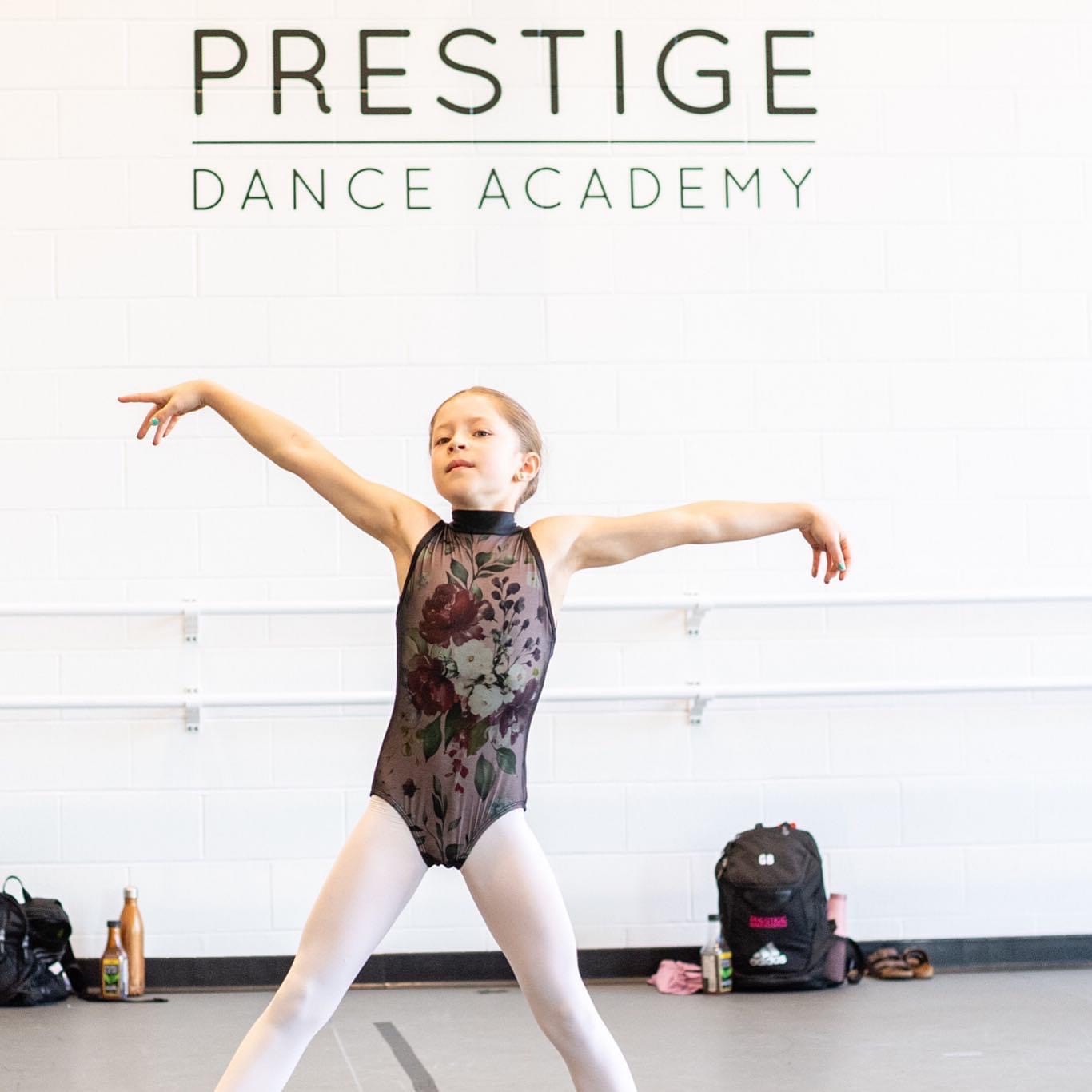Dance is an art form that has evolved and grown exponentially over the past few decades. In the last 20 years, there has been a particularly large shift with the increased access to viewing and participating in commercial and professional training, that was reserved primarily for esteemed companies before.
Wider access has created a faster evolution of dance styles and genres in the dance world. Through this shift, we have watched all dance forms, from all over the world, evolve. Today, we are going to specifically discuss the difference between contemporary, lyrical and modern dance and how they have evolved into the forms that we identify today.
Modern Dance
Modern dance is the oldest of these three varieties of dance and dance classes. Originating in the early 20th century, modern dance was created as a revolution and rebellion against classical ballet. Modern dance was developed to push the boundaries of traditional classical training, exploring and examining movement through a new lens.
Today, modern dance is defined by its specific training techniques such as the “Graham” technique, “Limon” technique, “Horton” technique and many more. All of these techniques are named after their innovative creators and have different variations of execution.
Modern dance-inspired and is the foundation for a more widely recognized contemporary dance that we see at a competition and on TV today. Modern dance training is an excellent form of supplementary training for dancers who are invested in enhancing their overall technique.
Contemporary Dance
The genre of contemporary dance includes a wide variety of dance forms and techniques. Contemporary dance essentially borrows from well-known genres such as ballet, modern, jazz, and international forms of dance.
Contemporary dance training requires strong technical skills in addition to an open and creative mind, as a lot of contemporary choreography is developed through improvisation. Dancers must be well conditioned and trained in order to prevent injury, as a lot of contemporary movement is about speed, control, strength, change of direction, and inversion.
Contemporary dance has become extremely popular over the last few years with shows such as So You Think You Can Dance and conventions with commercial choreographers introducing new and innovative forms of contemporary dance to a more widespread audience.
Lyrical Dance
Lyrical dance is primarily recognized as a dance genre that utilizes both ballet and jazz techniques to perform a more emotive and expressive piece of work often relating to the “lyrics” of the song the dancers are performing to and/or a theme the dance has been set to portray.
In a lyrical dance class, students will learn to emote a variety of emotions such as sadness/hurt, anger, joy, love etc. through their body language and facial expressions. Like contemporary dance, lyrical is a relatively new genre of dance that has borrowed from a variety of other dance styles and genres.
Lyrical is a very commercial genre of dance that is seen at many North American dance competitions, at conventions and on TV. People enjoy watching lyrical dance because it is not just entertaining but also relatable for many audience members.

